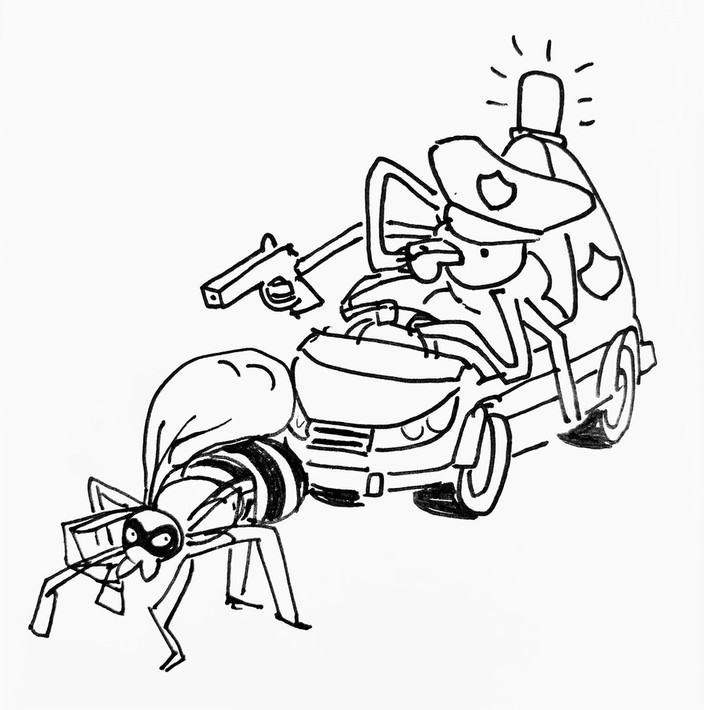Spider police

Asked my 4-year-old what to draw. “A spider thief!” she said. “And then the police spider comes in his spider police car!” “But what has the spider thief stolen?” I asked. She got a worried look on her face. “ALL the presents.”